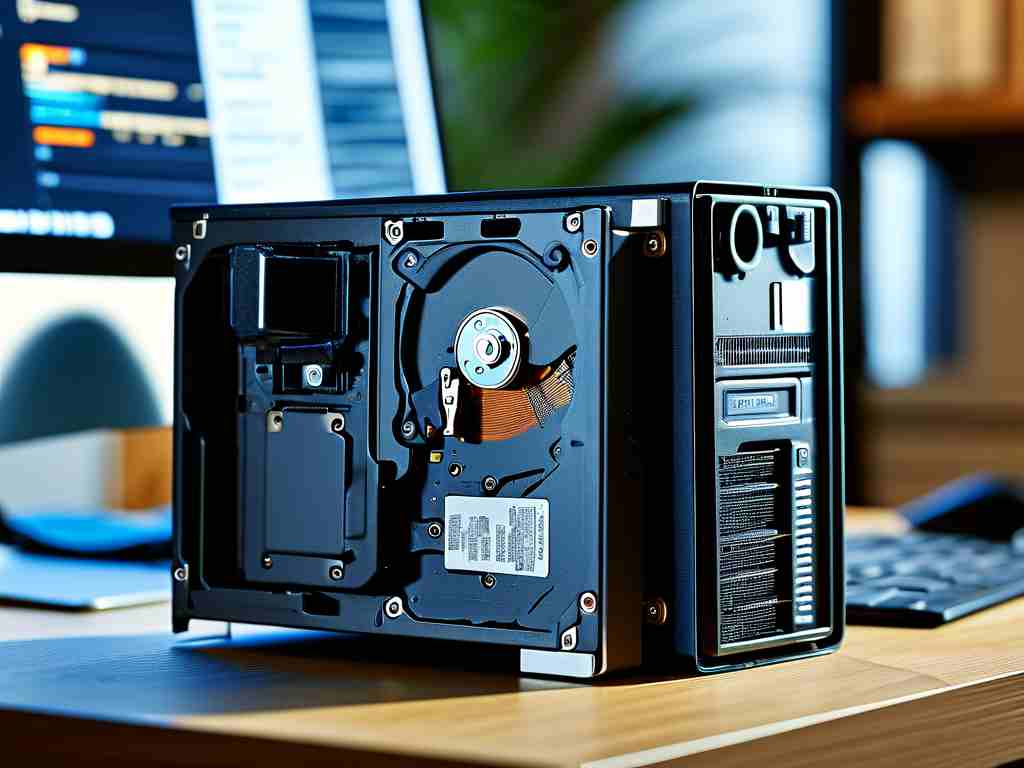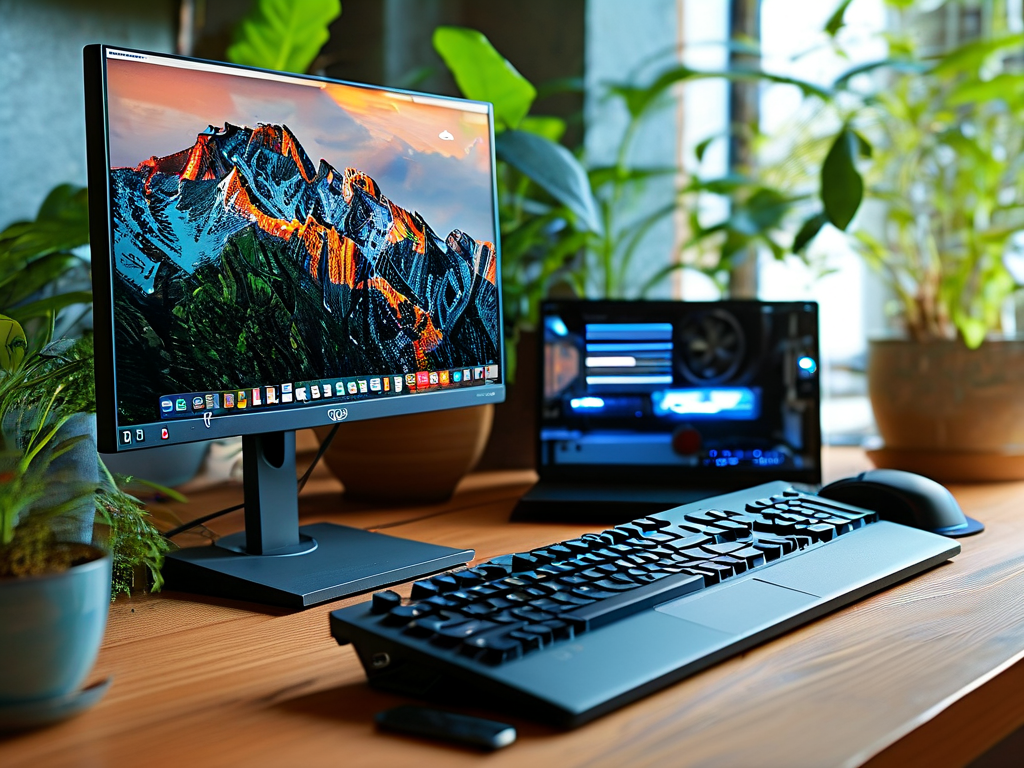In the realm of computing, understanding the distinction between external and internal memory measurement units is critical for optimizing system performance and managing data effectively. While both types of memory serve essential roles, their underlying architectures, use cases, and measurement conventions differ significantly. This article explores these differences, clarifies common misconceptions, and highlights practical implications for users and developers.

Defining External and Internal Memory
External memory, often referred to as "storage," encompasses devices like hard disk drives (HDDs), solid-state drives (SSDs), USB flash drives, and cloud-based solutions. These components retain data permanently, even when power is disconnected. Internal memory, or "RAM" (Random Access Memory), is volatile and temporarily holds data actively used by the CPU during operations.
Measurement Units: A Historical Perspective
Both memory types use units such as bytes, kilobytes (KB), megabytes (MB), gigabytes (GB), and terabytes (TB). However, their interpretation diverges due to historical and technical factors. External storage manufacturers typically adopt decimal-based prefixes (base 10), where 1 KB equals 1,000 bytes. This aligns with the International System of Units (SI) and simplifies marketing for consumer-facing products.
In contrast, internal memory relies on binary-based prefixes (base 2), where 1 KB equals 1,024 bytes. This stems from early computing systems designed around powers of two, which optimize memory addressing and allocation. The discrepancy often leads to confusion; for example, a 500 GB SSD marketed in decimal units actually provides roughly 465 GiB (gibibytes) in binary terms.
Technical Standards and Labeling Conventions
To address ambiguity, organizations like the International Electrotechnical Commission (IEC) introduced distinct binary prefixes (e.g., KiB, MiB, GiB). Despite this, many operating systems and software tools still use "KB" or "GB" ambiguously. Windows, for instance, displays storage sizes in decimal units but calculates RAM in binary, creating inconsistencies. Linux distributions increasingly adopt IEC standards for clarity.
Performance and Practical Implications
External memory prioritizes capacity and persistence, with slower read/write speeds compared to RAM. A high-end NVMe SSD might achieve 7,000 MB/s, while DDR5 RAM can exceed 50,000 MB/s. This speed disparity explains why systems rely on RAM for real-time tasks and use storage for long-term data retention.
Developers must consider these differences when designing applications. For example, allocating excessive RAM for caching can starve other processes, while inefficient storage access patterns may bottleneck performance. Tools like free -h in Linux or Task Manager in Windows help monitor memory usage, but interpreting results requires awareness of unit conventions.
Future Trends and Industry Shifts
Emerging technologies blur traditional boundaries. Non-volatile RAM (NVRAM), such as Intel’s Optane, combines storage-like persistence with near-RAM speeds. Meanwhile, cloud providers abstract memory hierarchies through services like AWS Lambda, where "cold starts" penalize infrequent access to external storage.
As quantum computing and advanced neural networks demand faster data throughput, rethinking memory hierarchies and measurement standards will grow increasingly urgent. Industry stakeholders continue debating unified labeling practices, but legacy systems and market inertia slow progress.
Grasping the nuances between external and internal memory units empowers users to make informed decisions—whether upgrading hardware, debugging software, or configuring cloud resources. By recognizing the historical roots of measurement disparities and staying attuned to technological advancements, individuals and organizations can better navigate the evolving landscape of computing memory.









